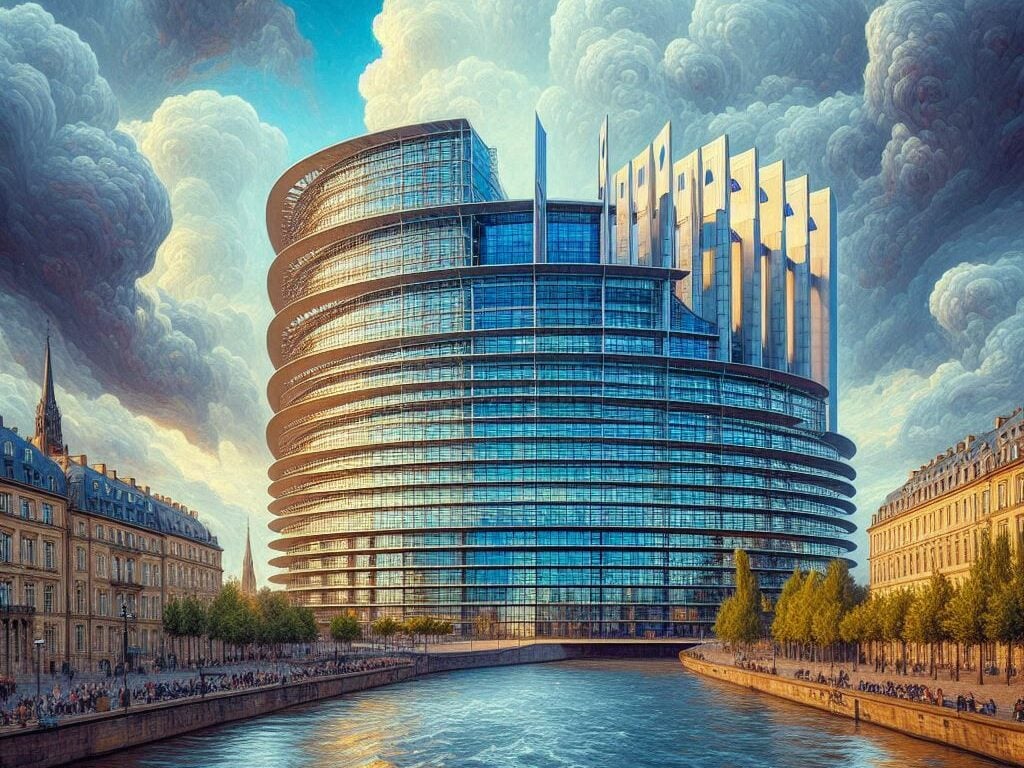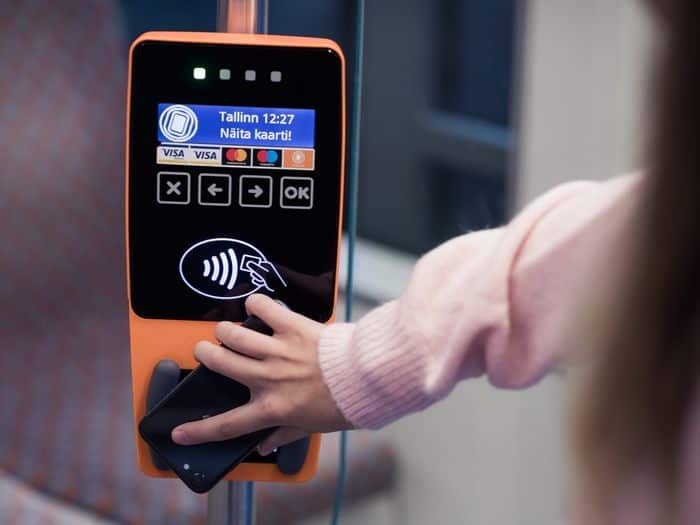
By the end of this year, the citizens of the French city of Montpellier – home to 300.000 people – will travel for free on its bus and tram lines. Montpellier is the largest city in the country to promote this policy, which has already existed in smaller French towns – such as Dunkirk, Compiègne, and Aubagne.
Over the past decade, more and more cities worldwide have been promoting free-fare public transport (FFPT) schemes. The biggest city to do so is the Estonian capital Tallinn, whose residents can travel for free since 2013. Seven years later, Luxembourg became the first world country to abolish fares fully. Tens of towns offer free public transport in the United States, and the Chinese city of Chengdu – inhabited by twenty million people – has several free-fare bus lines. Ecological, social, and political reasons are behind these initiatives, which are happening in many ways.
Defining free public transport
There are many ways to implement free public transport models. A study by Wojciech Kębłowski – a post-doctoral researcher at the Vrije Universiteit Brussel (VUB) – distinguishes between full and partial free public transport. In full-fare abolition systems, tariffs don’t apply to the great majority of transport services and users most of the time. Examples of fully free-fare models include the aforementioned Luxembourg and Tallinn, as well as the Portuguese Cascais.
There are also multiple ways to establish partial free public transit: by area, time of the day, or social group. In the first case, cities offer free access to transport on specific routes or areas – such as Amsterdam’s local ferries. Some other municipalities provide free access to public transport at certain time slots – in Chengdu, buses are free to ride before seven a.m. Children, students, and older adults can travel for free in many European cities.
During his studies, Kębłowski analyzed several FFPT policy application case studies. Given the nature of public transport – being a public good as education or health – he suggests treating it similarly to them, then drawing a more provocative comparison with streetlights. “We don’t pay for every lamppost we pass on the way at night. It’s a kind of social contract that we – as a society – agree on having such a service in place, whether you need it or not,’’ he told Innovation Origins. “We also pay for it in parts of our city or region where we might never go to. But it’s like a basic level of service, and it doesn’t mean it is a low-quality one,” he specifies.
The effects of free public transport in Italy
Abolishing fares isn’t as straightforward, though. It means that whoever is responsible for public transport – a municipality, a region, or a province – has to invest more money in it, as fares revenues are gone. Whereas in most public transit systems fares revenue represents a marginal part of the funding, it is the largest source of income in bigger cities, – such as London. Paolo Beria is an associate professor of applied economics at the Politecnico di Milano, focusing on transport and mobility. He authored – alongside Andrea Debernardi and Gabriele Filippini from Meta S.r.l. – of a modeling simulation estimating the economic and environmental effects of scrapping fares on Italy’s local and regional public transport.
Their model can esteem freight and passenger mobility, traffic levels on different networks, and several environmental pressure indicators. “Wherever the public transport offer is ineffective or nearly nonexistent, the outcome of abolishing fare costs is almost nil. If out of a hundred people, only two used public transport – before abolishing fares – they would be three after scrapping fare costs.
On the other hand, abolishing transport fares is effective where public transport is, with respect to costs and time, a reliable alternative to cars. Beria mentions the example of some train routes connecting smaller towns with Milan. “However, if abolishing fares in this segment increases the demand, more money must be invested to strengthen the service’s capacity, which is already limited where public transport works well,” the professor stresses.
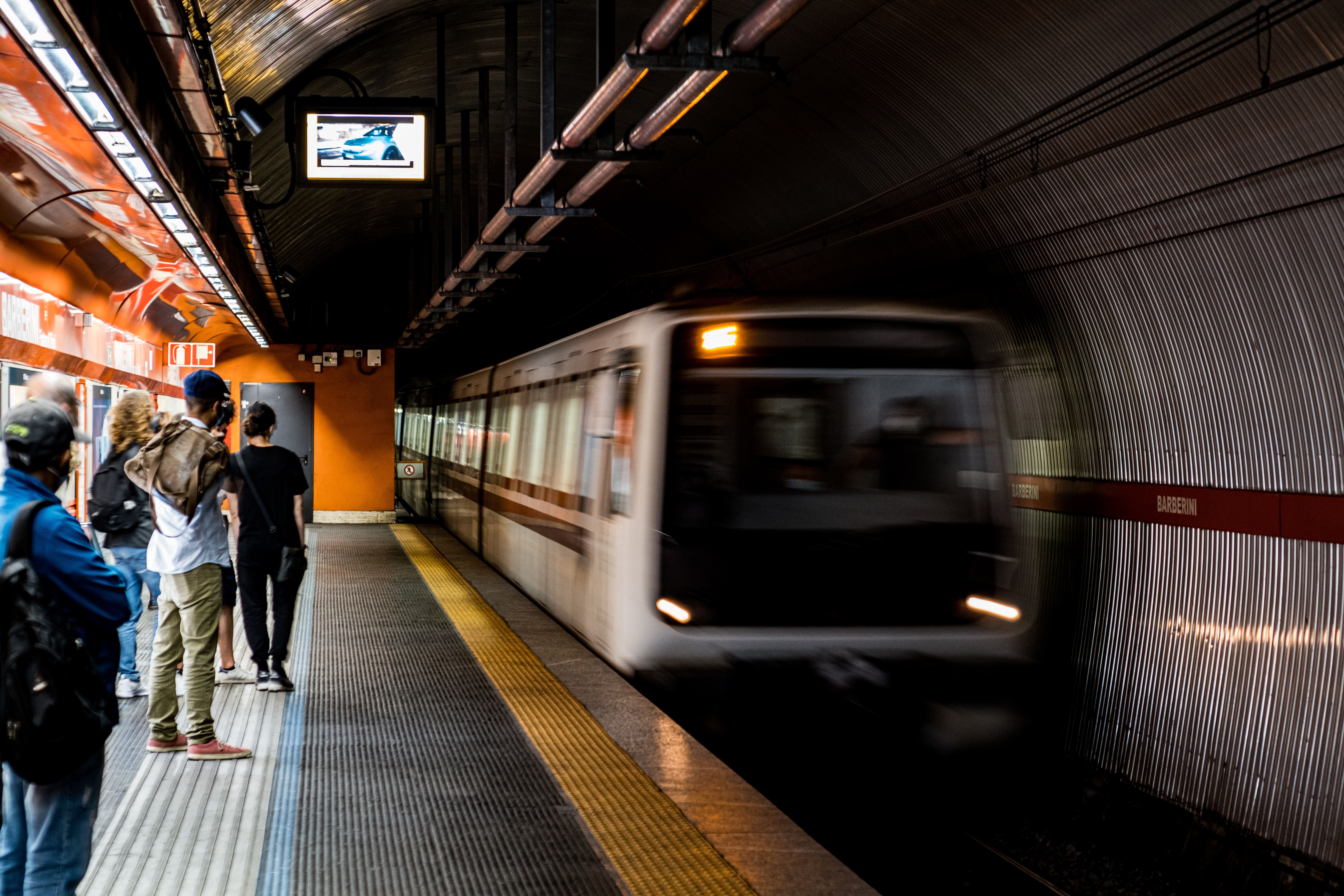
Quality public transportation or free one?
A dilemma arises: making public transport free of charge or improving its quality? Kębłowski believes these two aspects can coexist. “Where free public transport has been developed, this measure didn’t coincide with a decrease in quality. In the end, it’s a very political measure. In Europe, the investments in transport networks aren’t covered by fares revenue, which goes for maintenance and personnel costs.”
Several Italian cities experimented with or implemented FFPT initiatives – Genoa allows traveling for free on the metro, lifts, and cable railways – while others diminished the subscription costs. In Puglia’s main city Bari, buying a yearly bus subscription now costs €20 – it came for €250 in 2022. Beria believes these actions are merely oriented to seek political consensus.
“These days, giving away things is fashionable in Italy,” he says. “It feels like public transport is being given for free since it’s terrible anyway, and that’s a wrong message to convey. In small towns, it has been handed out as a service that has the capacity, but that won’t attract many more users nor reduce emissions. I’m more concerned about bigger cities like Bari and Genoa. There, public transport should be more efficient, and that money could be used for improving the offer instead,” he emphasizes.
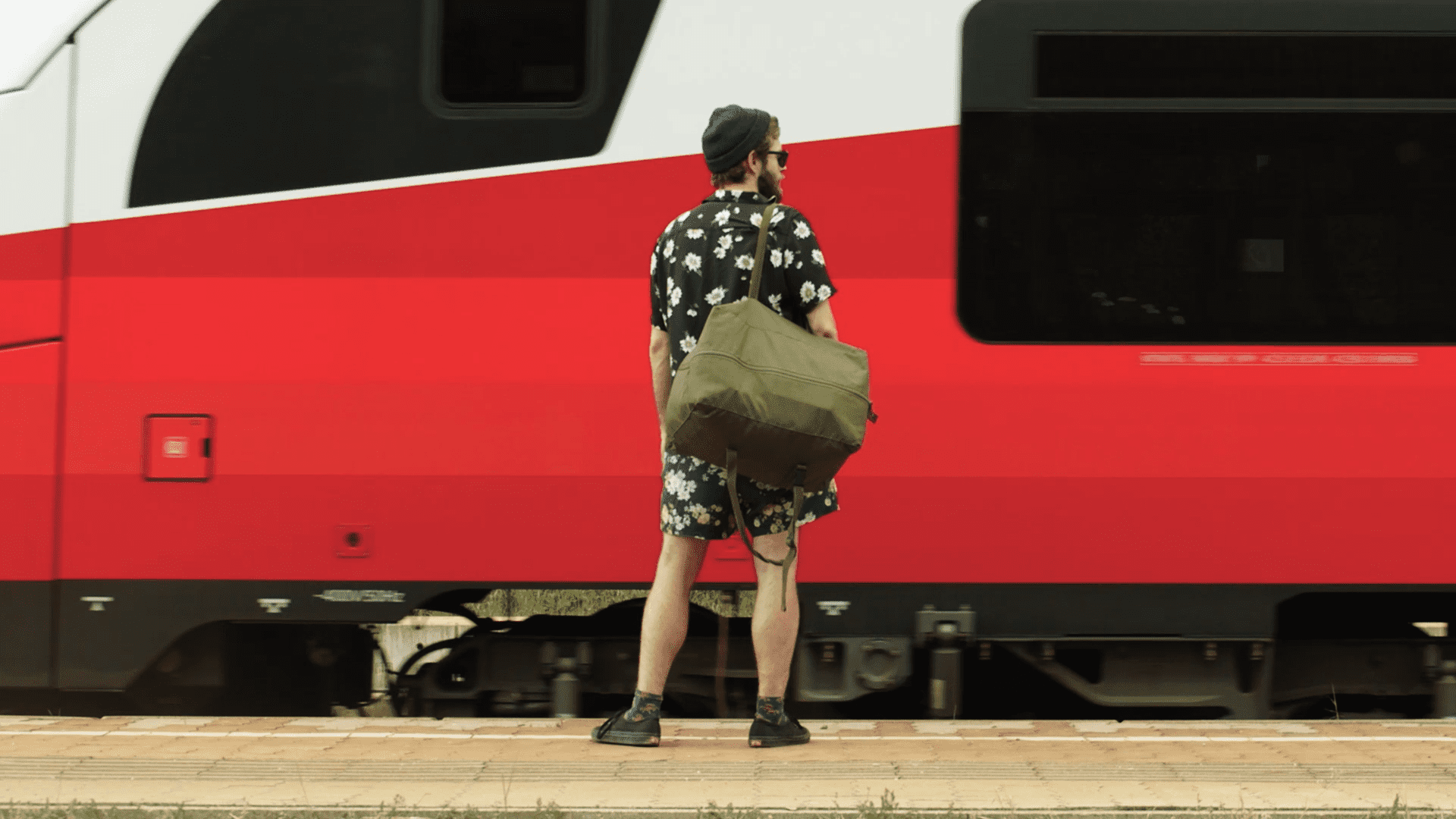
Reducing fares cost
Germany’s Klimaticket is another example of a drastic reduction in fares costs. The initiative allowed buying a 9€-worth monthly ticket to use on local and regional transport across the country last summer. At the beginning of April, the government announced its €49 successor. Previously, Austria had already introduced a Klimaticket allowing citizens to ride public transport anywhere for €3 a day. Similarly, Spain reduced public transportation ticket costs to mitigate the effects of inflation.
According to the German Federal Statistic Office, the number of train trips longer than 30 kilometers increased by 42 percent in July – compared to 2019 figures. Train journeys grew by an average of 80 percent in rural areas. At the same time, the statistics bureau said that road transport remained the main method of travel, with similar traffic volumes. It was estimated that the €9 ticket initiative’s cost was about €2.5 billion in state subsidies.
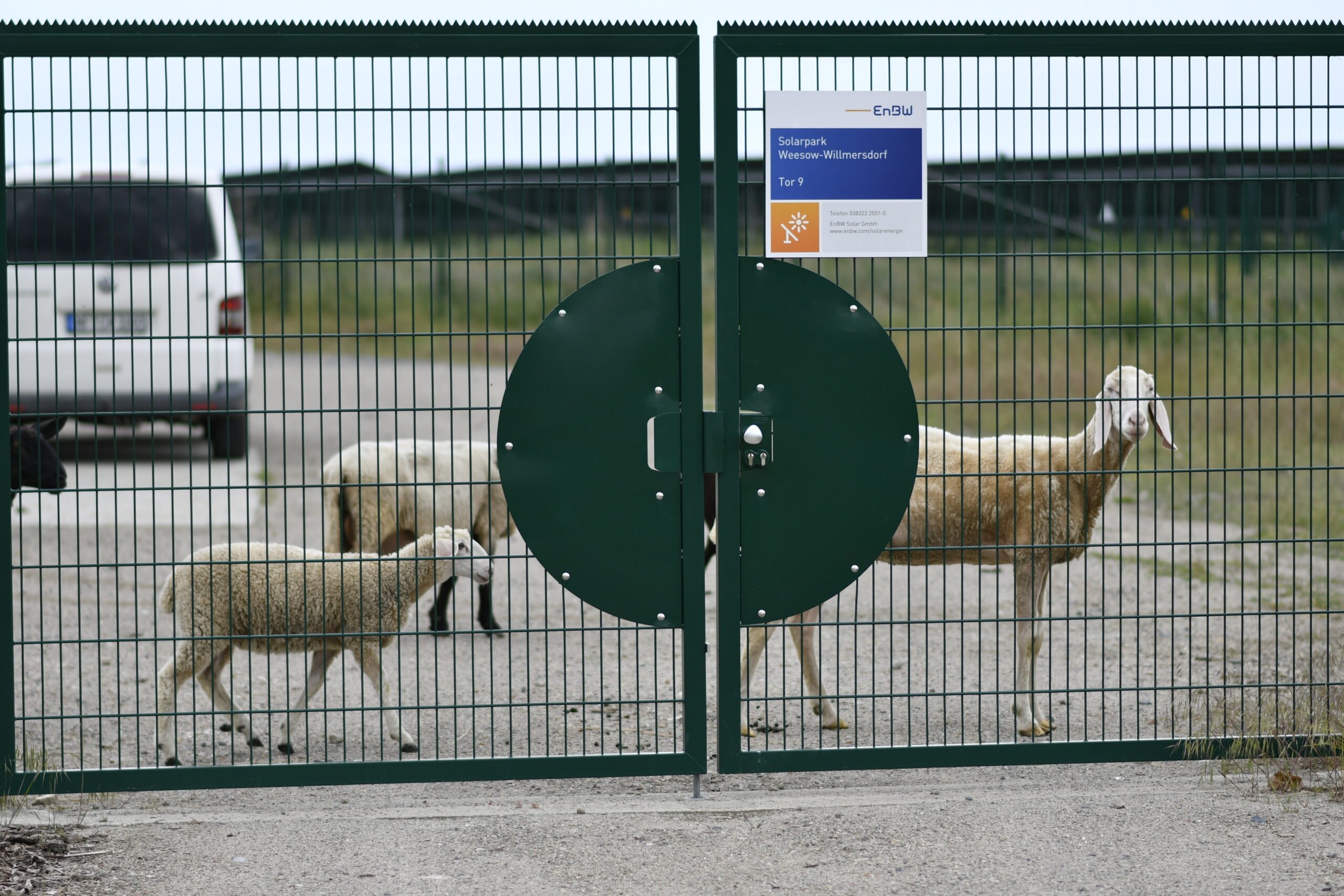
No silver bullet
A less measurable, yet tangible, effect that originated from the German initiative is that it sparked the discussion around cheap – if not free – public transport. As more cities embrace the policy, some patterns can be identified. “Overall, the main effect I noticed from analyzing different case studies is that this policy opens public transport to the underprivileged. On the other hand, it’s quite clear that it doesn’t attract car drivers,” Kębłowski adds.
Beria looks at the establishment of the policy from another perspective.“The idea of free public transport is not as intuitive as it seems. In my opinion, making it free of charge for residents is a way to increase revenues. This is because everyone would pay for it through taxes instead of hoping somebody would pay a subscription. A solution could be to make everyone pay less, casual users too,” he underlines.
However important it can be, FFPT is no silver bullet to disincentivize car usage. Other actions, namely traffic calming in city centers – setting lower speed limits, narrowing streets, and so on – improved cycling infrastructure, are as crucial. Is FFPT realistic, then? In smaller towns, implementing this policy is easier, but it will probably come with new taxation schemes.



